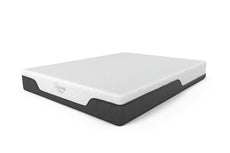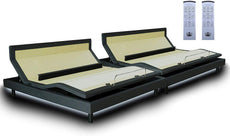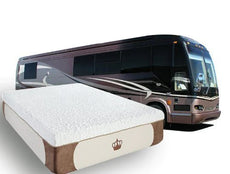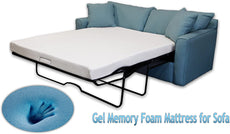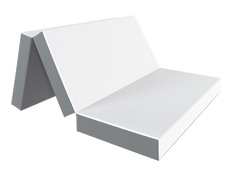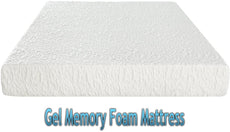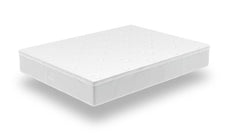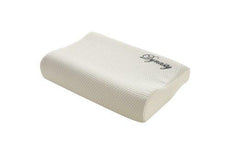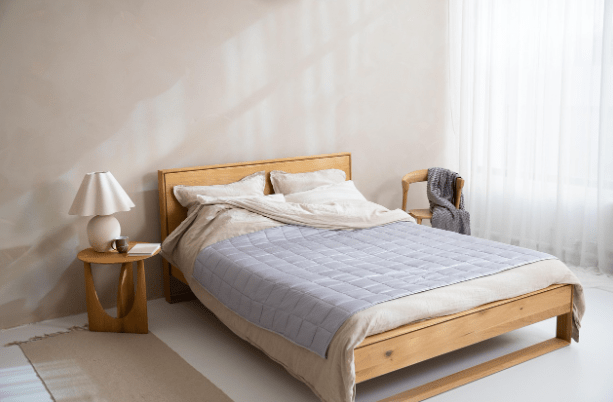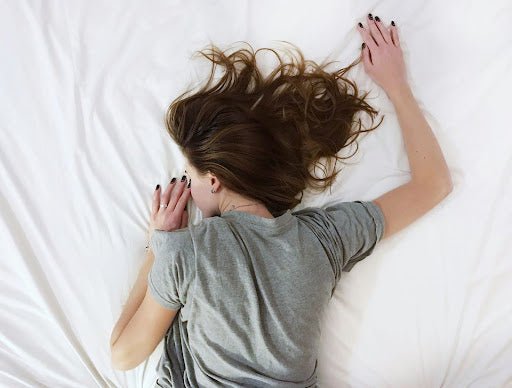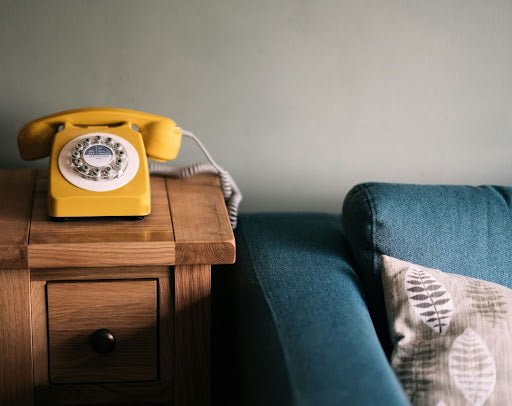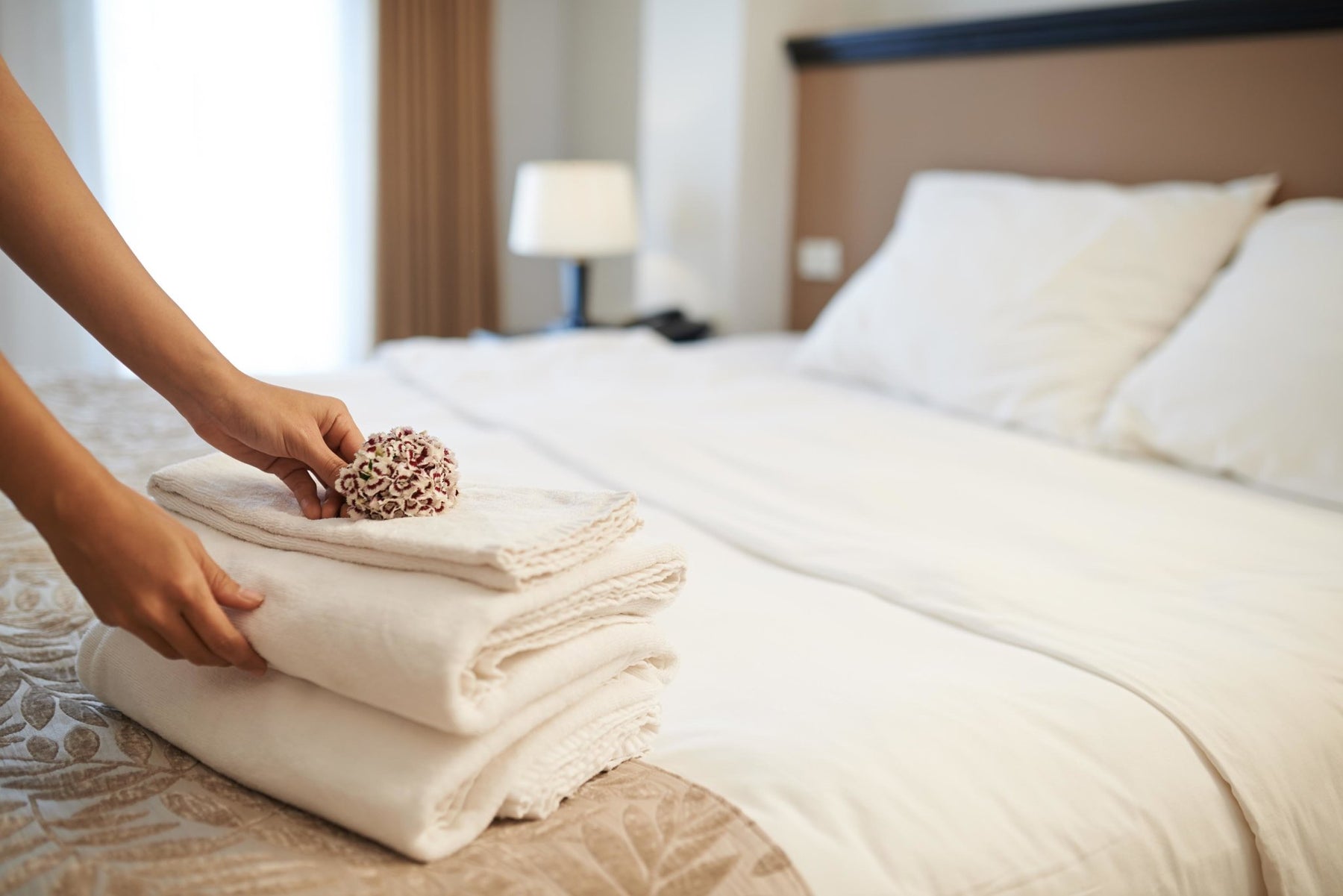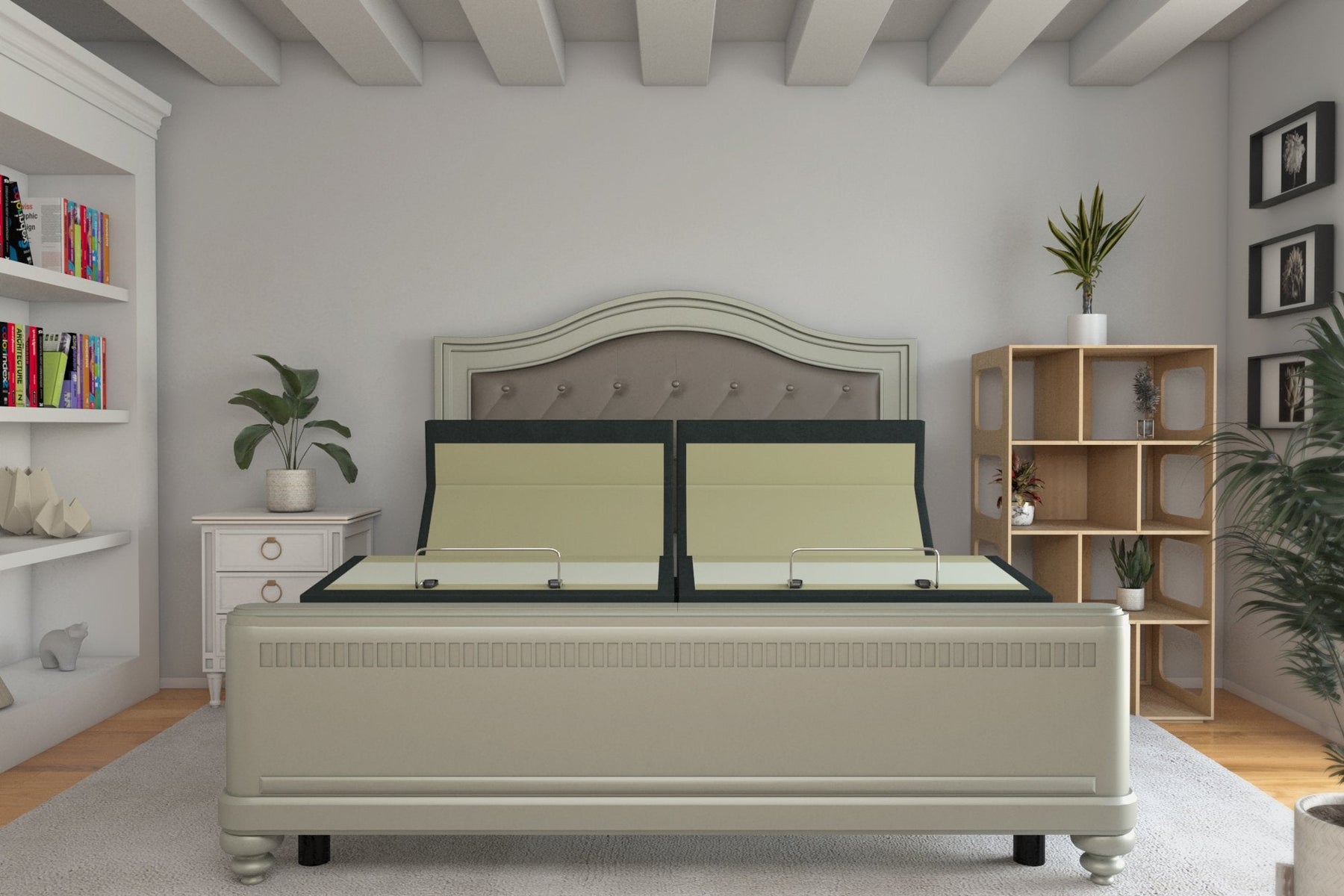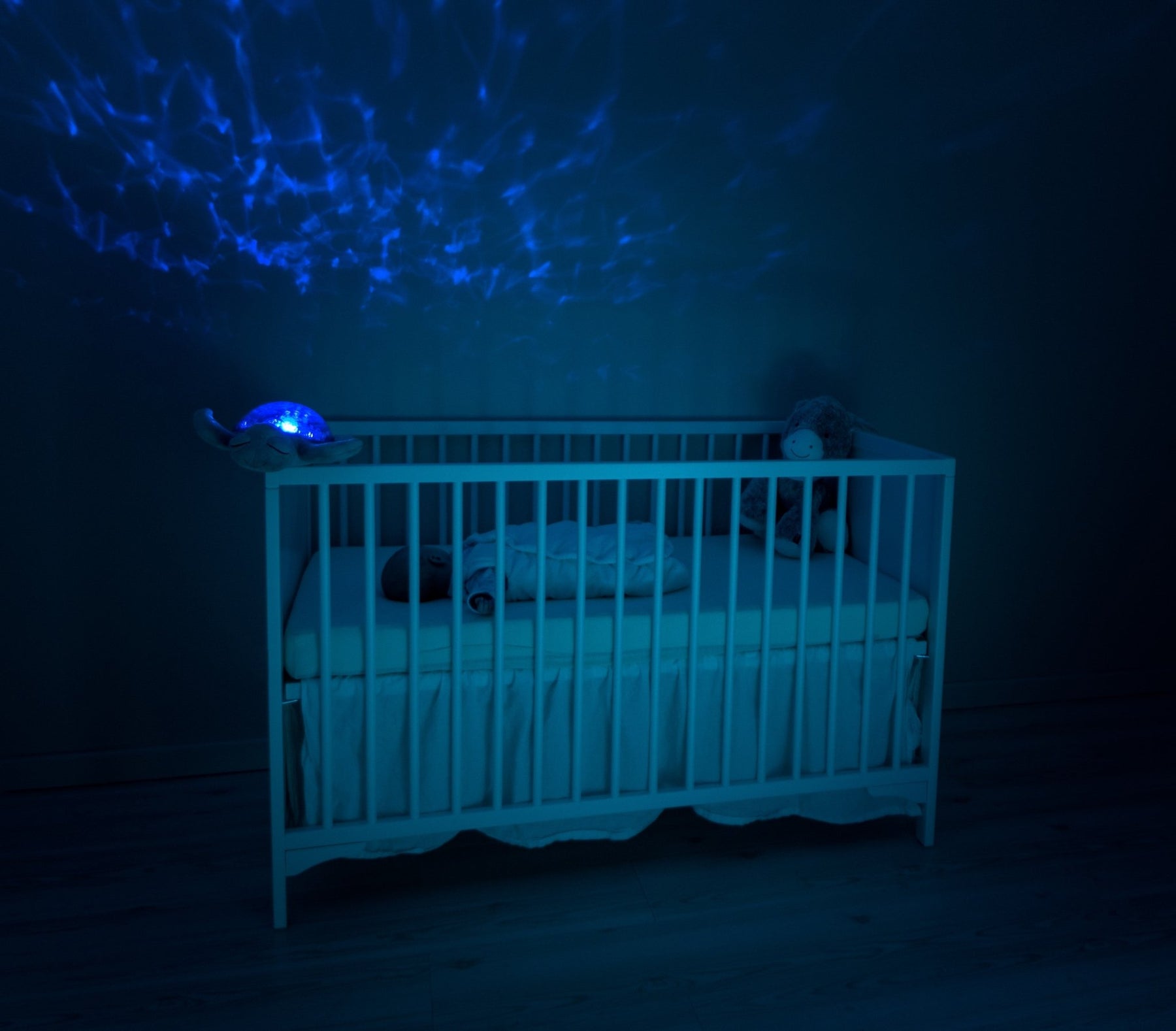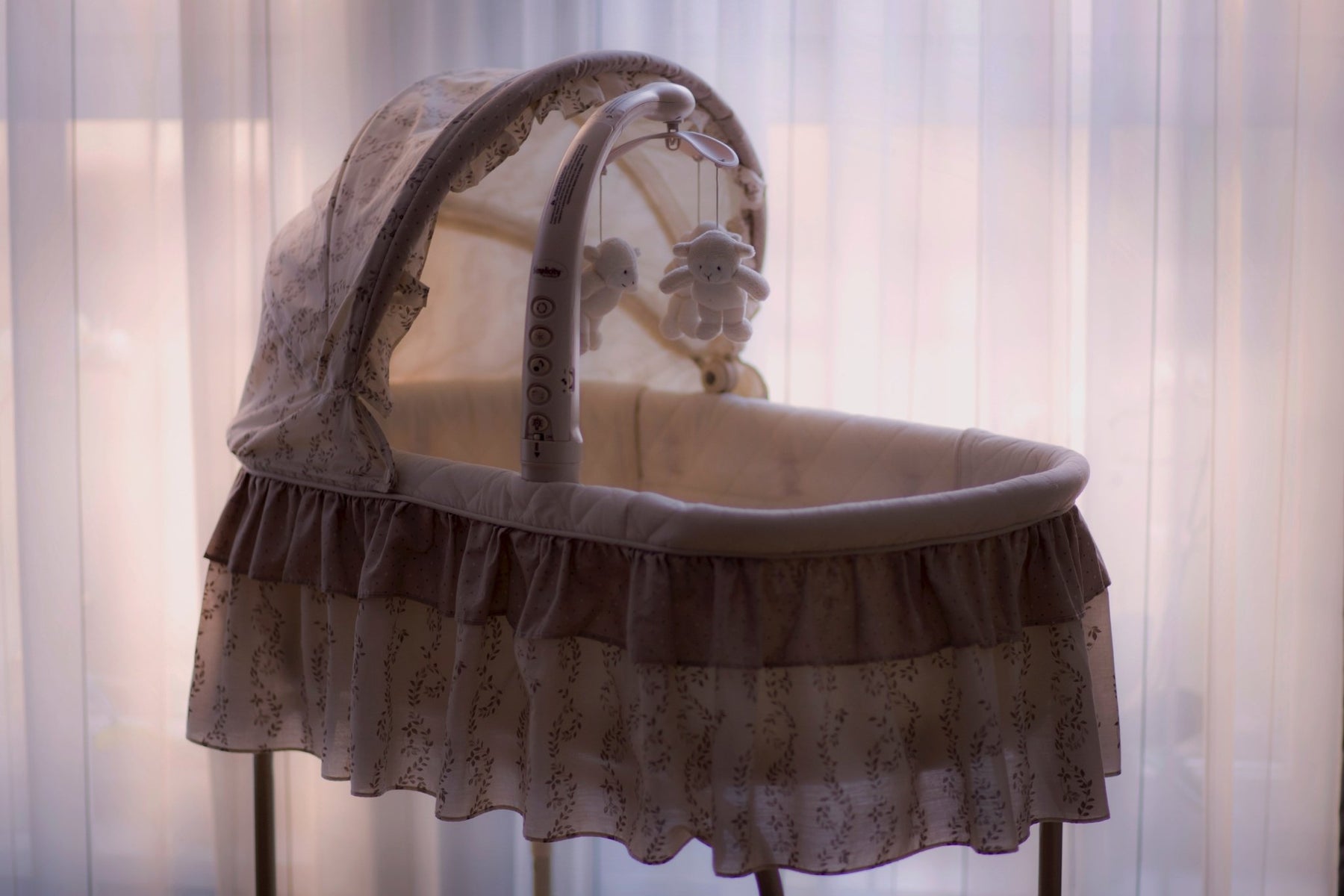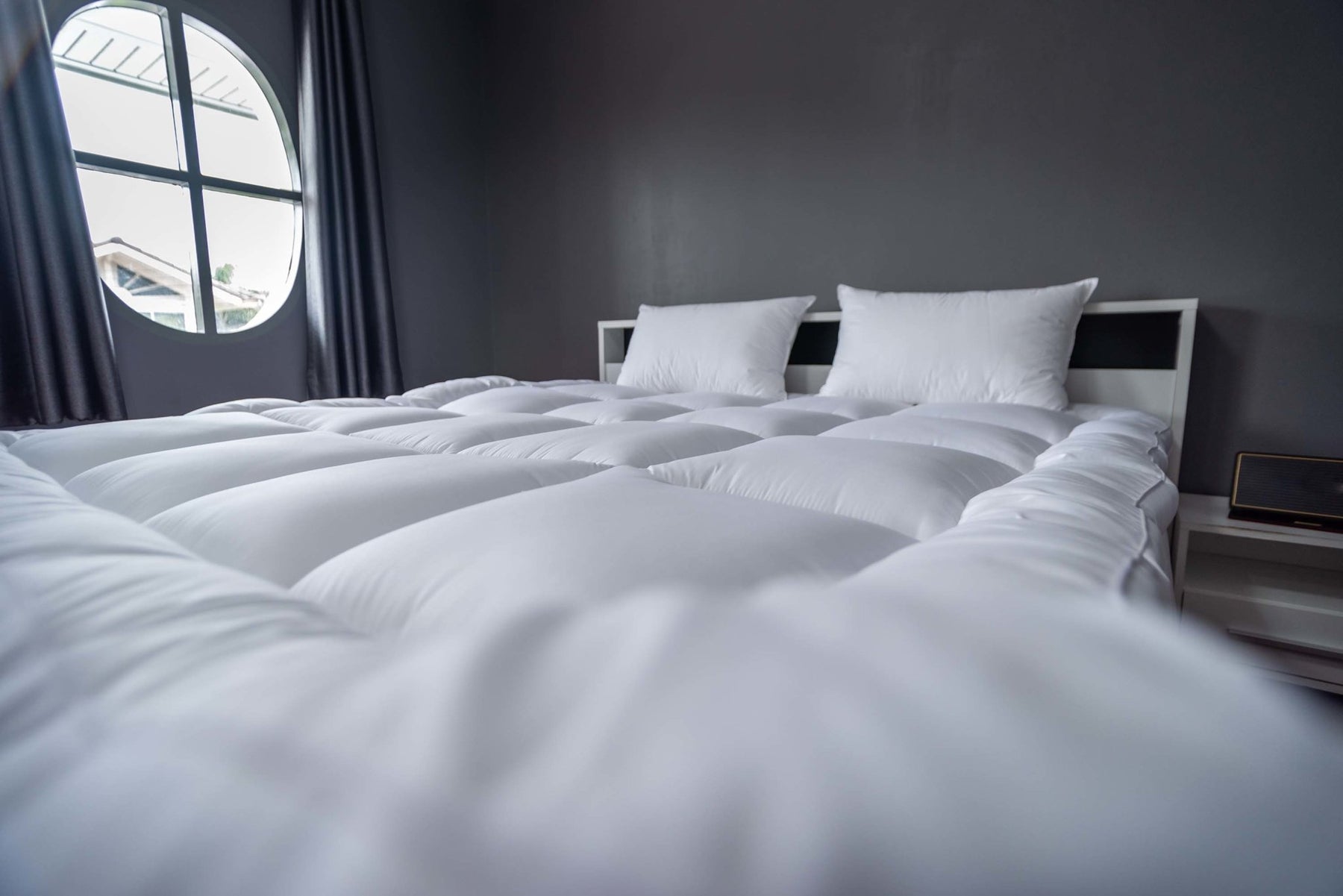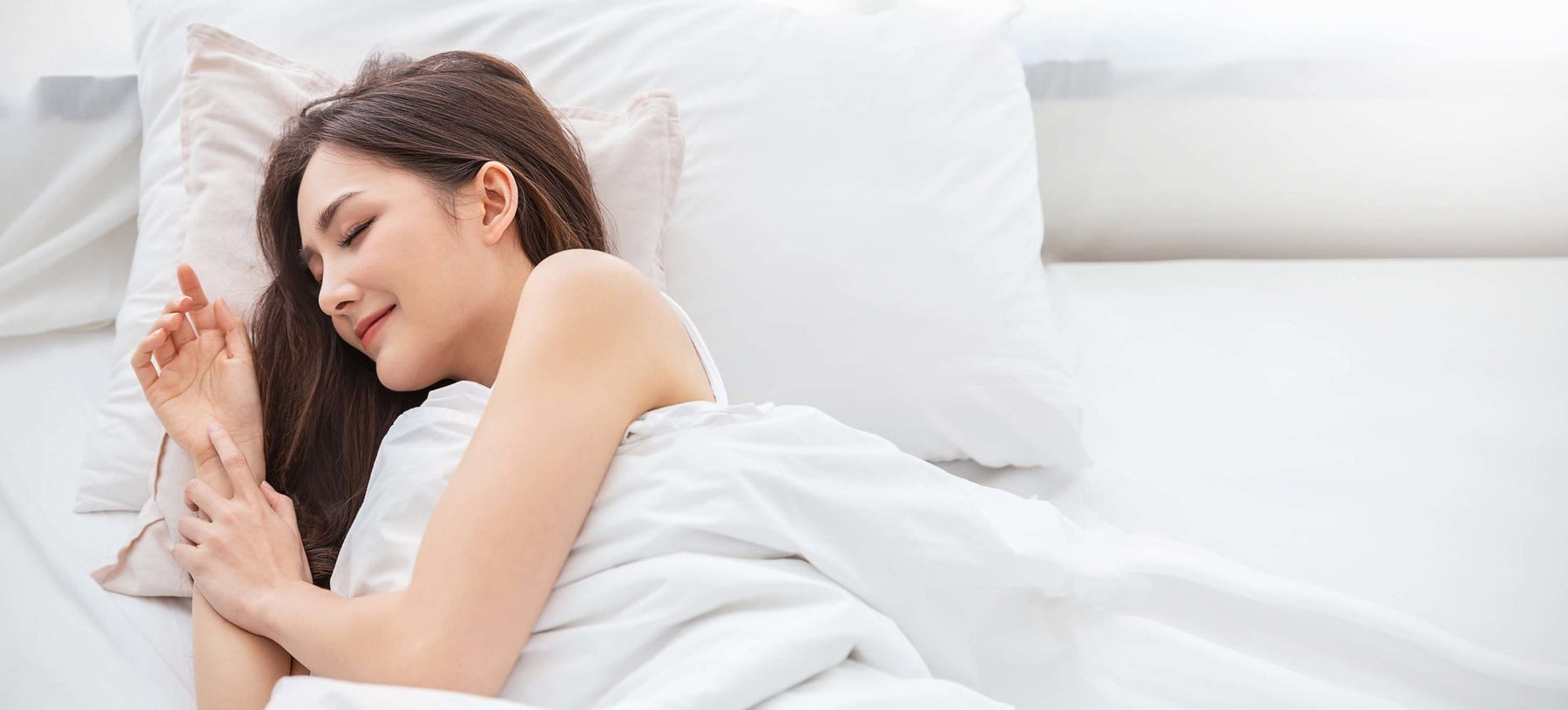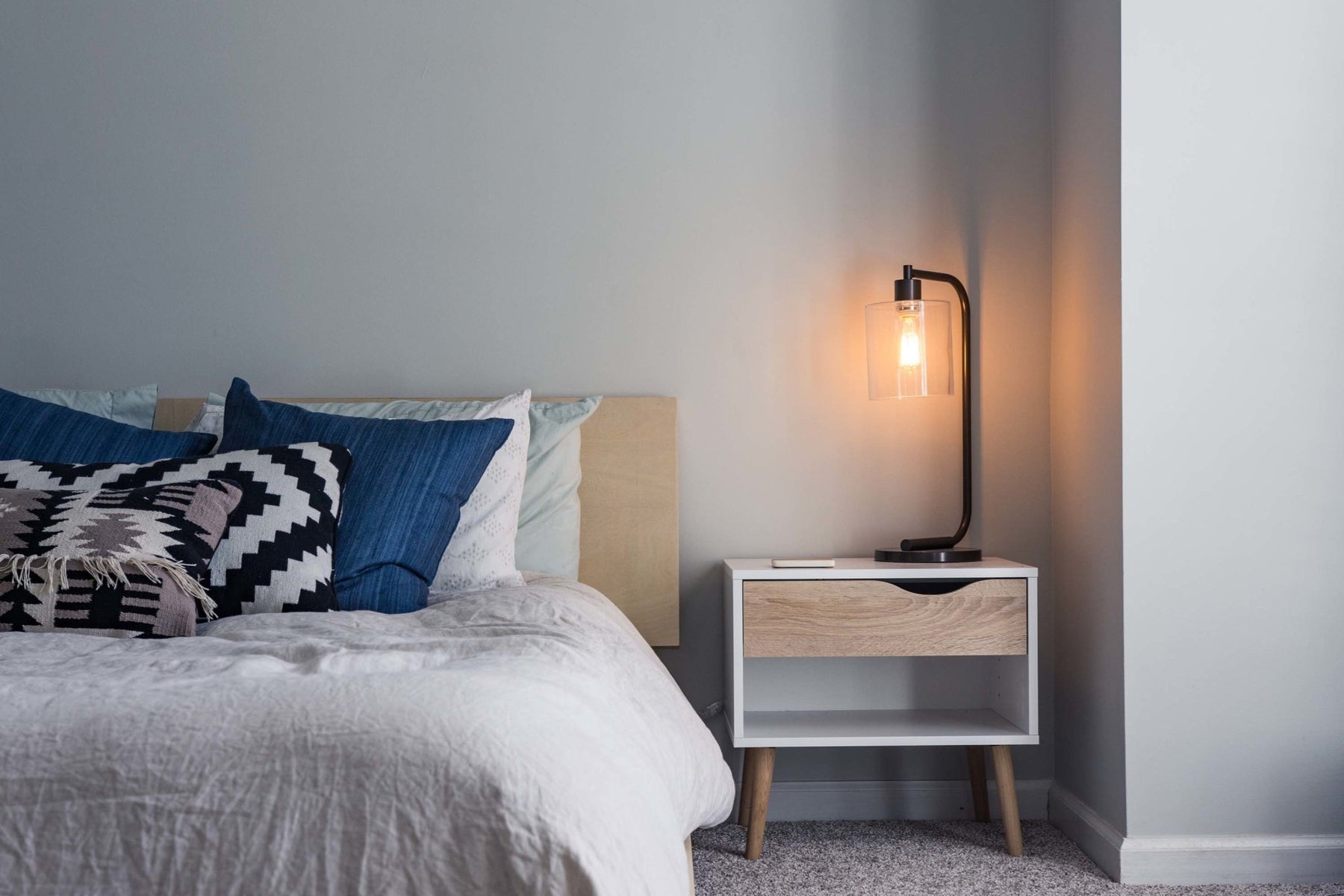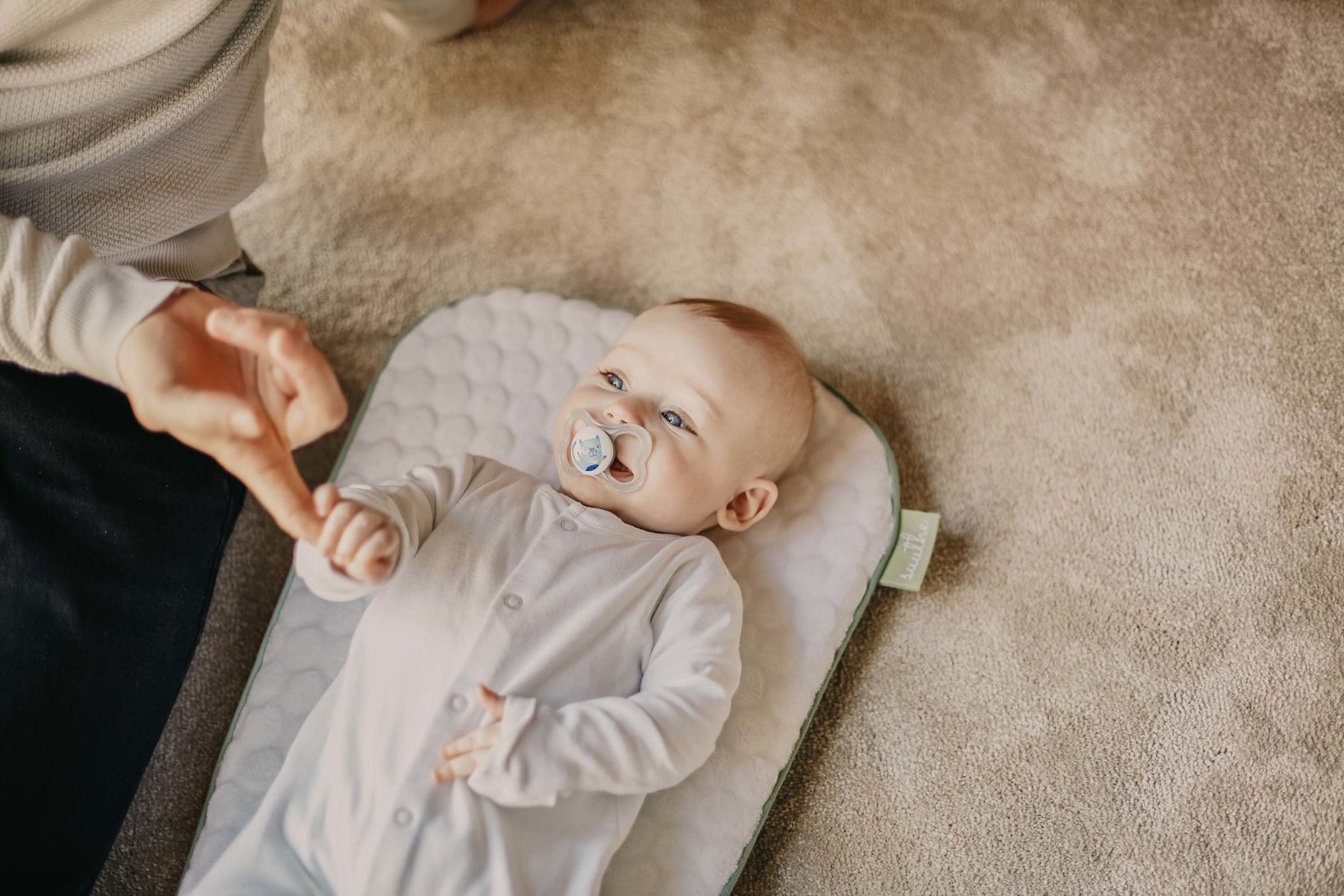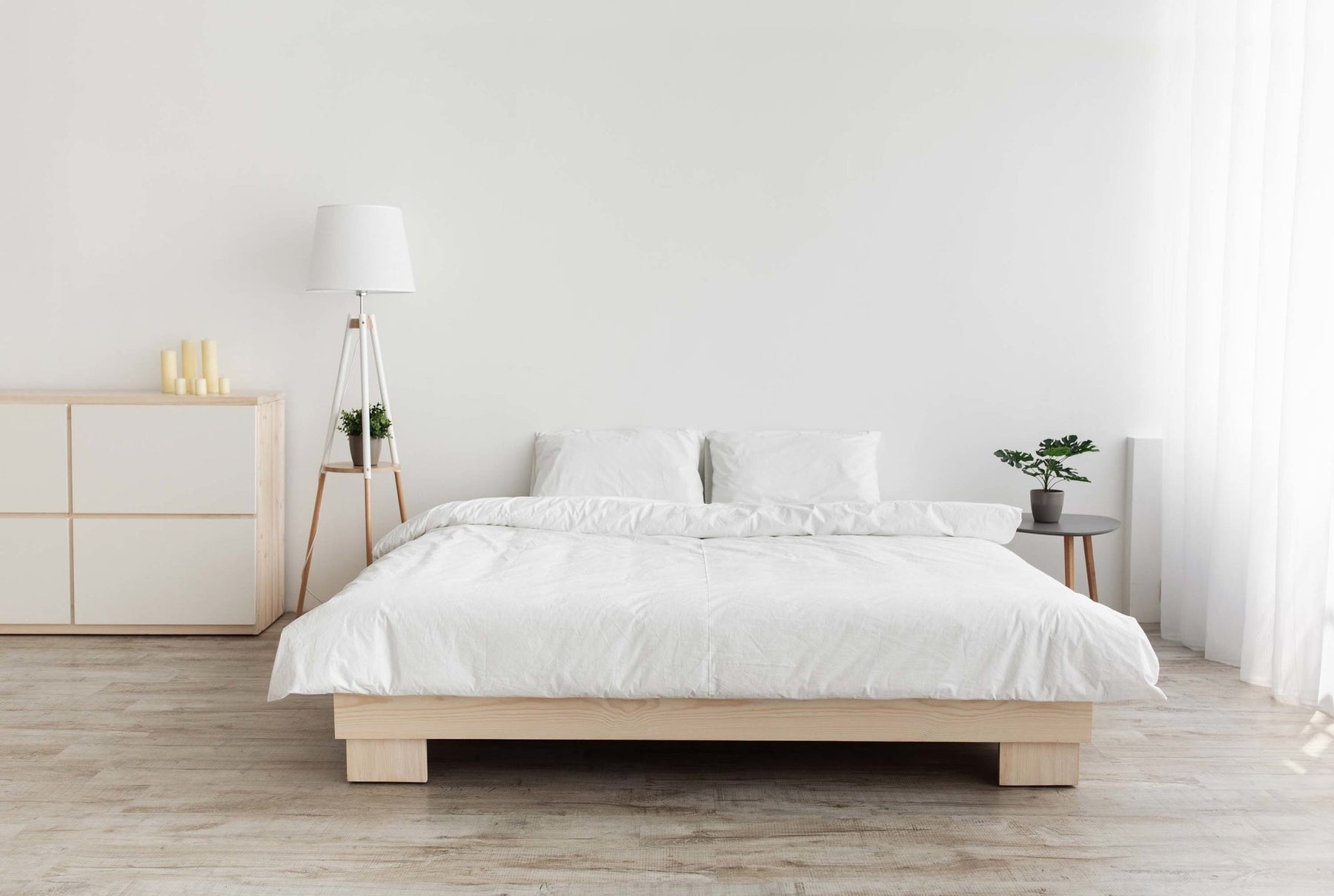
The Perfect Wash Frequency for Your Mattress Pad: A Simple Guide
How Often Should You Wash Your Mattress Pad?
If you've ever wondered how often you should wash your mattress pad, you're not alone. It's a common question that, unfortunately, doesn’t have a one-size-fits-all answer. However, there are a few things to consider that can help you decide for yourself. In this article, we'll explore how often you should wash your mattress pad or protector and what factors to consider when making the decision.
How Often Should You Wash Your Mattress Pad or Protector? A Rule of Thumb
The truth of the matter is that the frequency at which you should wash your mattress pad depends on several factors. However, here's a rule of thumb to get you started. For most people, washing their mattress pad or mattress protector once a month or two is sufficient.
For sleepers who don't sweat much during the night, washing your mattress pad every 2 months should suffice. But for those who tend to sweat more during the night, washing your mattress pad every 2-4 weeks may be necessary. The sweat that accumulates night after night can penetrate the mattress pad or protector and result in a myriad of issues, which we'll address later.
If you have any allergies or sensitivities, you’ll need to wash your mattress pad more frequently than someone without this health issue. More frequent wash sessions will help remove dust mites or other allergens that might be lurking in your bed.
Note: You should always wash your mattress pad or protector before using it for the first time. They are usually made in a factory and chemically treated to take on a particular texture or color. You’ll want to wash all of that away before putting it on your bed.
Is Your Mattress Protector or Pad Washable?

Some wonder whether their mattress protector or pad is even washable. Here's the answer: most mattress pads and protectors are machine-washable and can be washed along with your other bedding. This is a real benefit, considering how difficult it could be to wash these items any other way. Still, there are some mattress pads or protectors that can only be washed on a gentle cycle or don't hold up well in the wash, so it's important to check the tag to make sure. In most cases, those of the highest quality are most likely to be machine washable.
Why Should You Wash Your Mattress Protector or Pad?
The most obvious reason you should wash your mattress pad or protector is to keep it looking and smelling fresh. But washing it also has a couple of other benefits:
- To remove dust mites: Dust mites are tiny pests that thrive in areas of high humidity and warm temperatures. They are known to cause asthma and other respiratory problems. By washing your mattress protector or pad, you can remove dust mites and dust mite-borne allergens from your bedding.
- To increase the effectiveness of the protector or pad. When your mattress protector is gunked up in dirt and moisture, these nasties can eventually seep through and damage your mattress. Keeping the mattress protector clean keeps this from happening. And if you don’t wash your mattress pad, it could hold onto moisture, skin flakes, and other matter. This can lead to reduced airflow through the pad, which can impair its ability to keep you cool. Washing it regularly prevents this problem.
How Do You Wash a Protective Mattress Cover?

With the previous information understood, it’s time to get into how to wash your protective mattress cover. Here are some tips to get you started.
- To start, check the care label on your mattress cover. It will give you specific instructions on how to wash your cover. Most times, it’ll instruct you to machine wash your cover on a gentle cycle in cool or lukewarm water.
- Be careful what you use to clean the mattress cover. It is best to use a mild detergent that doesn’t contain bleach. This will ensure that the fabric does not become damaged or discolored in the wash.
- Watch the heat. Many mattress protectors and pads have a vinyl backing that can be damaged by high heat. To avoid damaging that vinyl backing, keep the dryer heat setting low. This will help to prolong the life of the bedding and keep it looking new. If you decide you don’t want to put it in the dryer, lay it out flat or hang it on a clothesline to dry.
You might be tempted to dry clean your mattress protector or pad, but we advise against it. Dry cleaning usually requires high heat, and that can damage the pad’s fabric, deeming it unusable. It’s like paying someone to destroy your property.
Can You Spot Clean a Mattress Cover?
There will be times when you spill something on the mattress cover but don’t feel that it’s dirty enough for a full wash. If that happens, don't worry. You can spot-clean a mattress cover and return it to its former glory.
Here's what you'll need: a mild detergent, water, a clean cloth, and a dry towel. Follow the below instructions for the best results:
- First, blot the stain with the clean cloth to remove as much liquid as possible.
- Next, mix a few drops of detergent with water and apply it to the stain with the cloth. You can use a spray bottle or apply the mixture to a wet towel and dab it onto the stain.
- Gently rub the area in a circular motion with the cloth until you’re sure it’s clean. Don’t be rough at any point in the process or you’ll damage the mattress cover.
- Rinse and lightly wring out your cloth. Then, wipe the area to remove any remaining detergent residue.
- Dry the area off with the towel. If the stain is particularly stubborn, you may need to repeat these steps a few times before it's completely removed.
What Causes a Yellow Stain On a Mattress Pad?
There are a few different things that can cause a yellow stain on your mattress pad. It could be something as simple as sweat or body oils. It could also be from a spill, like urine or white wine. If the stain is from sweat or body oils, it’s probably from skin cells and bacteria build-up.
How to Remove Tough Stains From a Mattress Protector or Pad

You can usually remove a stain from your mattress pad or protector with soap and water. But there will be times when you’ll need to go a different route. For example, if it's a urine stain, you'll want to use an enzymatic cleaner to break down the proteins in the urine so it can be removed. Follow those instructions to the T for the best results, and be sure to use a product that’s formulated for use on fabrics.
Wine stains can often be removed with hydrogen peroxide or white vinegar. To remove stains with white vinegar, use the following instructions:
- Start by mixing equal parts white vinegar and water.
- Using a clean cloth or sponge, apply the mixture directly to the stain and scrub until it’s gone.
- Blot the area with a damp towel and then again with a dry towel.
If the stain won’t budge, you can also use half a cup of baking soda and 2 cups of water or a commercial stain removal solution.
Can You Overwash Your Mattress Protector or Pad?
Up until this point, you might have gotten the impression that washing your mattress protector or pad is a generally good thing. And you’d be right. But too much of a good thing can easily turn into a bad thing. You can definitely overwash your mattress, and it’s something you want to avoid.
Most people can safely wash their mattress protector or pad once a month. But washing it more than once a week can accelerate wear and tear, which means you’ll need to buy another one sooner rather than later.
We urge you to wash your mattress pad or protector only as needed (according to the recommendations given earlier).
Do You Even Need a Mattress Protector or Mattress Pad?

Caring for a mattress protector or mattress pad and keeping it clean takes some effort and time, so it’s only natural to wonder if either is necessary.
The benefits of mattress protectors make getting one a no-brainer. Anyone who has a mattress needs a mattress protector. Here are some of the benefits associated with this bedding accessory:
- It can extend the life of your mattress by reducing wear and tear.
- It helps to protect your mattress from spills, stains, and dirt. It can also prevent dust mites and other allergens from accumulating in your mattress.
- A good quality mattress protector will be made from breathable material that will not trap heat or moisture. This can help you stay cool and comfortable while you sleep.
- It can be machine laundered.
Mattress pads offer several benefits that can improve your sleep quality and overall comfort. Some of the benefits overlap with those of mattress protectors, but they also have some unique pros you should know about. Here they are:
- Mattress pads provide an extra layer of cushioning, which can make your mattress more comfortable.
- Mattress pads can help protect your mattress from wear and tear, extending its lifespan.
- Mattress pads keep your bed clean by absorbing body oils and sweat.
- Some mattress pads feature built-in heating or cooling elements, which can provide relief for sore muscles or joint pain.
- Mattress pads are generally very easy to care for - simply machine wash and tumble dry as needed.
If you’re thinking you might need both a mattress protector and a mattress pad, that’s an option! They can often be used in tandem.

In conclusion, it is important to wash your mattress pad every month or two, with a few exceptions. We hope that the information we’ve gone over in this article was helpful to you. Heed our advice to maximize the life of your mattress protector/pad and your mattress itself.
Other articles you may like
0 comments
